Bell & Ross WW1 Watches: Every Model 2011-2020
While Bell & Ross is primarily known for making square-shaped watches, they’ve also been making round military-inspired sports watches ever since the 1990’s when Sinn manufactured their watches. But there’s a third type of Bell & Ross that often gets overlooked: the WW1 family, made from about 2011-2020. Featuring thin fixed wire lugs and straightforward circular cases, this lineup was an homage to early wristwatches worn in war. Here’s our quick guide to all of the Bell & Ross WW1 watches.
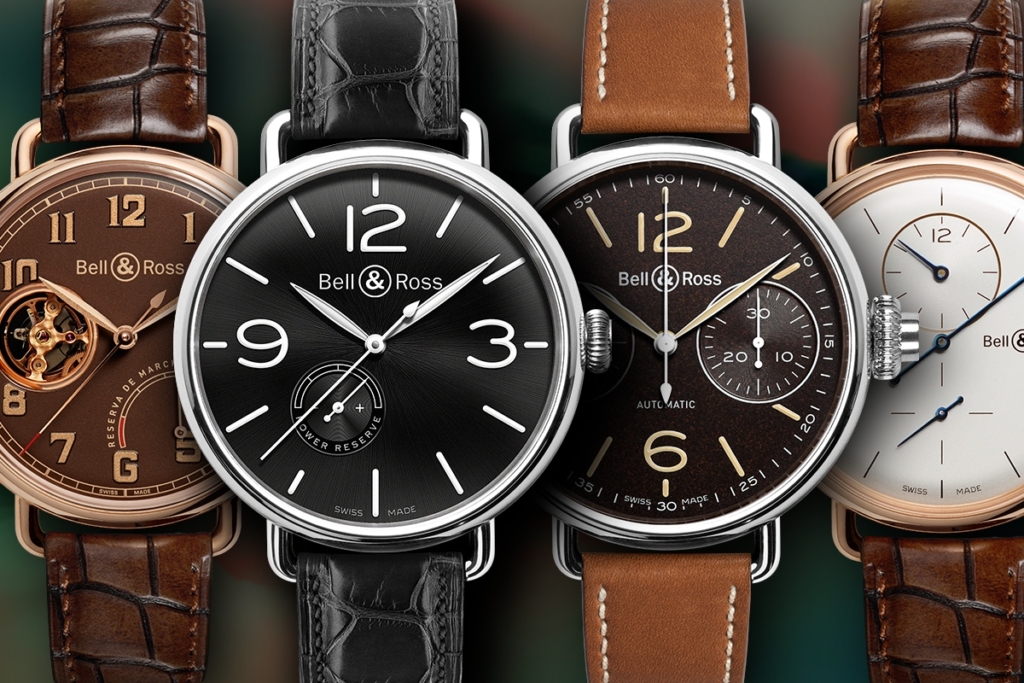
The Bell & Ross WW1 was made from about 2011-2020, spanning 16 variants across nine model families. They’re all powered by ETA-based movements except for one. Let’s go through them all.
WW1-92
Debuted: 2011 Width: 45mm Material: Stainless Steel (Brushed or Grey PVD) Reference numbers: BRWW192-MIL/SCA, BRWW192-HER/SCA, BRWW192-GUYNEMER
The non-limited editions of the Bell & Ross WW1-92 have what is known as “Flieger Type B” dials. It’s a well-known pilot’s watch design created for the German Luftwaffe in 1941, with large minute numbers every five minutes surrounding an inner hour track. The WW1-92 was among three WW1 references released in 2011, all with 45mm stainless steel cases.
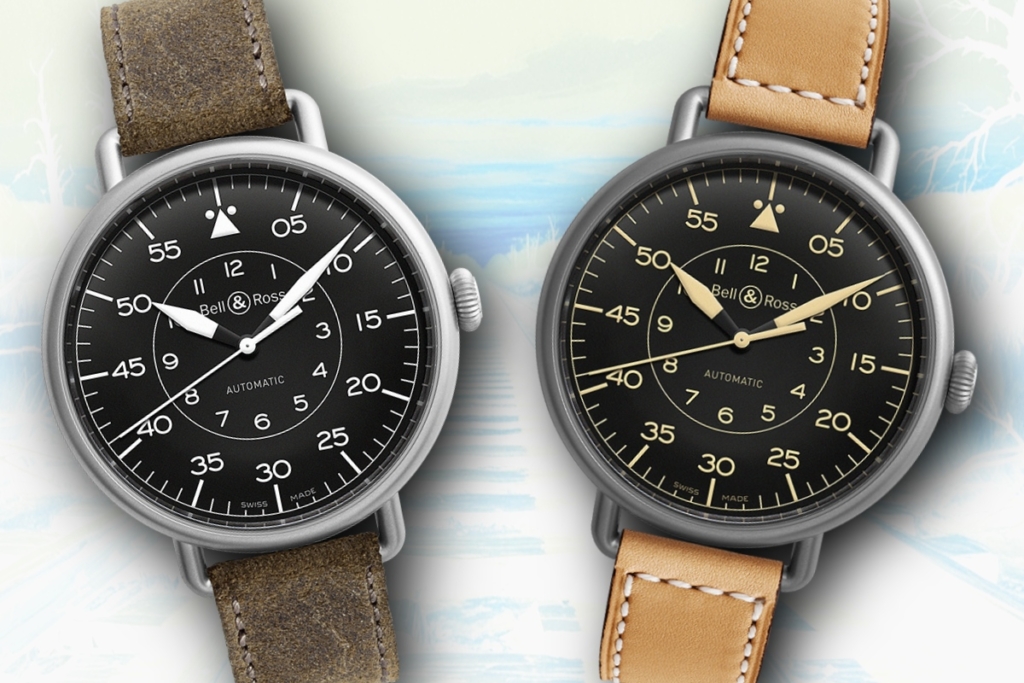
The WW1-92 Heritage has a grey PVD-coated finish and “fauxtina” (meaning tan lume) while the WW1-92 Military has regular white lume and a brushed case finish. Somewhat counterintuitively, the Heritage model has a normal calfskin strap while the Military model has a distressed one.
There was also the white-dial “Guynemer” version limited to 500 pieces. The Bell & Ross WW1 Guynemer was a tribute to Georges Guynemer, a legendary French fighter ace from World War I. The red logo on the dial is an homage to his “Cigognes” (Stork) squadron.

The Guynemer also gets the fauxtina treatment and a beadblasted case with a grey PVD coating. The blocky Arabic hour numerals invoke pilot’s watches of the 1930’s. Patek Philippe released their Pilot’s Calatrava in 2015 with a similar typeface.
A reasonable 9mm case height keeps the WW1-92 feeling wearable despite its significant width. The final MSRP of the PVD-coated versions was $3,700, but just about any Bell & Ross WW1 (aside from precious metal and chronograph versions) should be attainable for under $2,500 secondhand.
WW1-96 Grande Date
Debuted: 2011 Width: 45mm Material: Stainless Steel Reference numbers:BRWW196-BL-ST/SCR
The WW1-96 Grande Date is a bit more elegant than the WW1-92, in part thanks to its leaf hands and black alligator strap. But it does have the enormous “12-6-9” hour markers typical of Bell & Ross design language. A big date indicator appears where the “3” would be.

WW1-97 Reserve de Marche
Debuted: 2011 Width: 45mm Material: Stainless Steel Reference numbers: BRWW197-BL-ST/SCR, BRWW197-HER-ST/SCR
The BR-CAL.307 movement inside the WW1-97 Reserve de Marche, based on the ETA 2897, provides a power reserve indicator at 7 o’clock. Aside from that, the standard version of the WW1-97 is very similar aesthetically to the WW1-96, down to the black alligator strap.
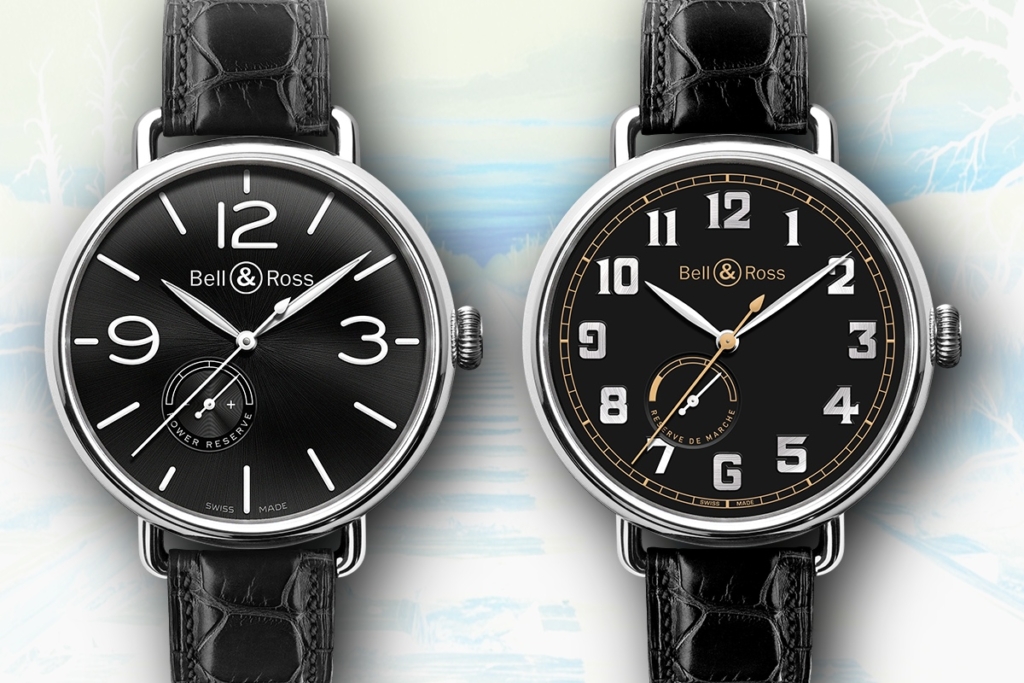
The Heritage version, which has no lume, gets the 1930’s-style pilot’s watch numerals in applied form.
WW1-90 Grande Date & Reserve
Debuted: 2012 Width: 45mm Material: Stainless Steel Reference numbers: BRWW190-BL-ST/SCR
The WW1-90 debuted in 2012 and essentially combined the power reserve indicator and big date functions of the WW1-96 and WW1-97. I think this is the one to get, as I prefer the more balanced look and the secondhand price difference is minimal.
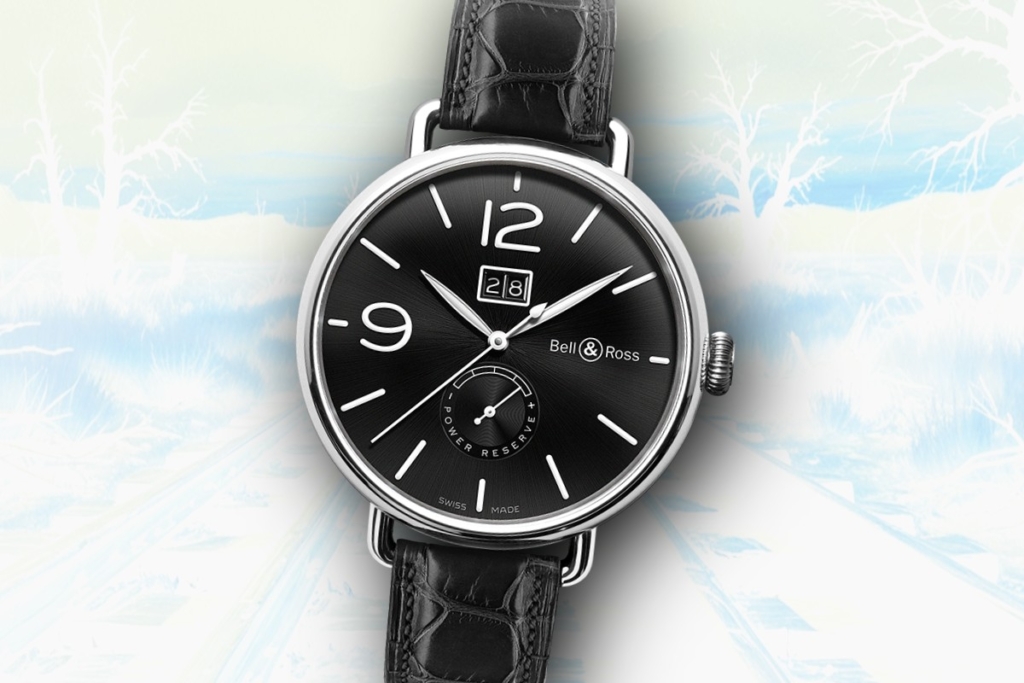
The ETA 2892-A2 base movement inside the Bell & Ross WW1-90 has been enhanced with big date and power reserve modules that were likely supplied by either Soprod or Dubois-Dépraz.
WW1 Chronographe Monopoussoir
Debuted: 2012 Width: 45mm Material: Stainless Steel Reference numbers: BRWW1-MONO-HER/SCA, BRWW1-MONO-IVO/SCR
The WW1 Chronographe Monopoussoir is the last steel WW1 model to mention. While the steel versions were all 45mm in diameter, all subsequent versions (made out of gold, silver or platinum) were either 41mm or 42mm. With a final list price of $8,000 for the ivory-dial version, the Monopoussoir was priced more than twice as high as more basic steel WW1’s.
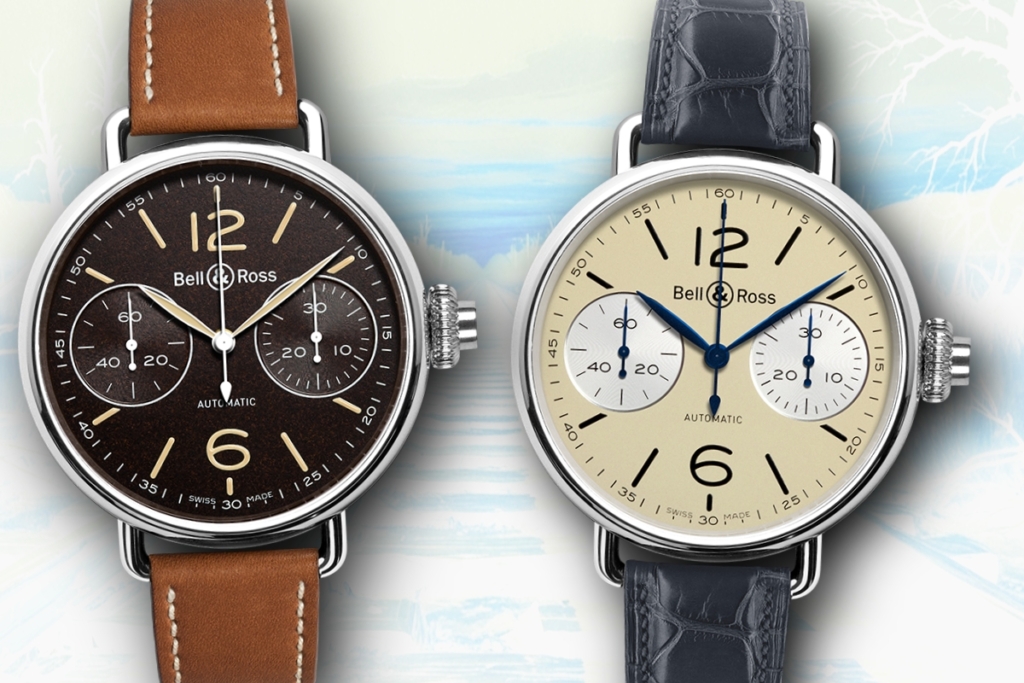
The higher price is because of the La Joux-Perret caliber 8201 MPC inside, which is a step up from standard ETA movements, even though it’s ETA 7750-based itself. Monopusher chronographs–which can be started, stopped, and reset with one button–are actually a primitive type of chronograph, but collectors tend to like them. Expect to pay close to $5,000 for a used WW1 Chronographe Monopoussoir today.
WW1 Argentium
Debuted: 2012 Width: 41mm Material: Argentium (Silver Alloy) Reference numbers: BRWW1-ME-AG-OP/SCR, BRWW1-ME-AG-SI/SCR, BRWW1-ME-AG-RU/SCR
If all the aforementioned 45mm Bell & Ross WW1 models are simply too big for you, you could consider the WW1 Argentium, a manual-wind time-only model with a sub-seconds dial and a more modest 41mm diameter. Stainless steel didn’t become affordable and common until the 1930’s, and before that, many watch cases were made out of silver. Silver is notorious for tarnishing, but argentium is an alloy designed to minimize that. Argentium is at least 93.5% pure silver, and it has less copper and more germanium than typical sterling silver.
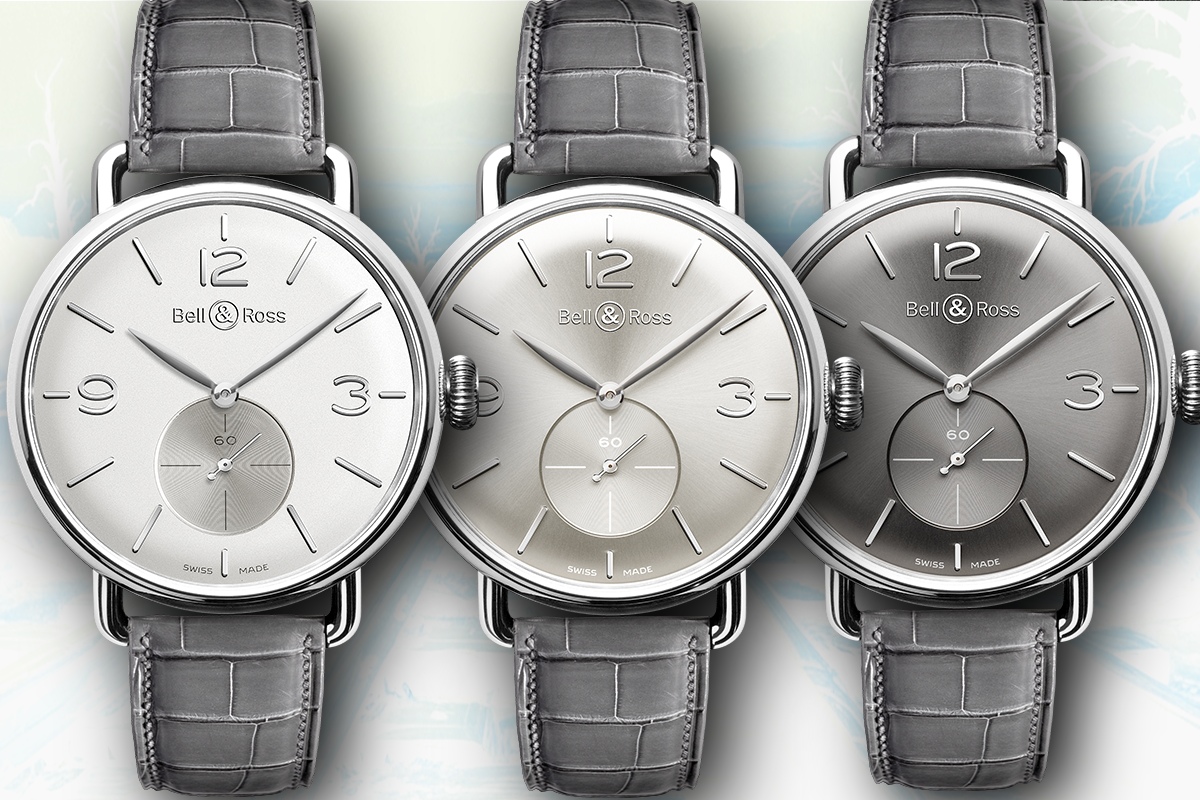
While the WW1 lineup generally gets a 50m depth rating, the Argentium is only rated to 30m, making it unsuitable for watersports. But on the plus side, over a decade has passed since the WW1 Argentium debuted, and owners largely report that the cases are still looking good and resisting tarnishing. It was offered with a choice of three grey dials: Silver, Opalin (whiteish-silver), or Ruthenium (dark grey).
Bell & Ross WW1 Heure Sautante (Jump Hour)
Debuted: 2012 Width: 42mm Material: Platinum or Pink Gold Reference numbers: BRWW1-JH2G-PT/SCR, BRWW1-JH-PG/SCR
Although the Bell & Ross WW1 Heure Sautante is based on a fairly humble ETA 2897 automatic movement, it has been modified with a jumping hour module designed by master watchmaker Vincent Calabrese. That means the hour is displayed numerically through a window on the dial, and it “snaps” to the next number at the top of each hour–it’s more sophisticated than a “drag hour” watch which is similar but with a gradual changeover.
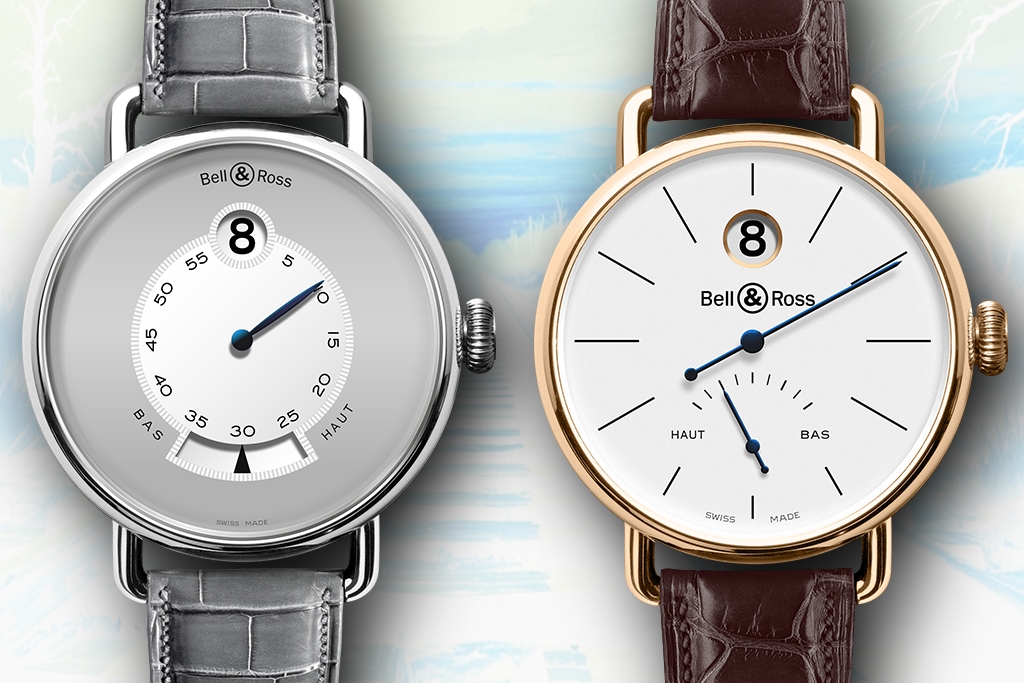
Released in both platinum and rose gold, the Heure Sautante is just slightly wider than the Argentium at 42mm. It was the most expensive Bell & Ross WW1 watch ever released.
The platinum version’s dial has an interesting retro two-tone look, with 5-minute marks on a white central section surrounded by grey space. The pink gold version has a more standard dial, with a hand for its power reserve indicator instead of a cutout window. Although I’ve been guilty of using “pink gold” and “rose gold” interchangeably at times, pink gold has less copper than rose gold, and Bell & Ross’s pink gold does look noticeably brighter than their rose gold.
The Bell & Ross WW1 Heure Sautante rarely comes up for sale in either metal, but given that pre-owned gold jump-hour watches from brands like Breguet can be had for $20,000, I would expect a fair market price in the $12,000 ballpark for the rose gold variant or $15,000 for the platinum one.
Bell & Ross WW1 Régulateur
Debuted: 2013 Width: 42mm Material: Rose Gold Reference number: BRWW1-REG-PG/SCR
Another unusual 42mm WW1 model came in 2013, this time only in rose gold and limited to 99 pieces. The Bell & Ross WW1 Régulateur stands out in the WW1 lineup for its regulator-style dial, meaning hours and seconds each get their own subdial, thus making the central minutes hand extra easy to read at a glance. The ETA 2892-A2 inside features a regulator module by Dubois-Dépraz.
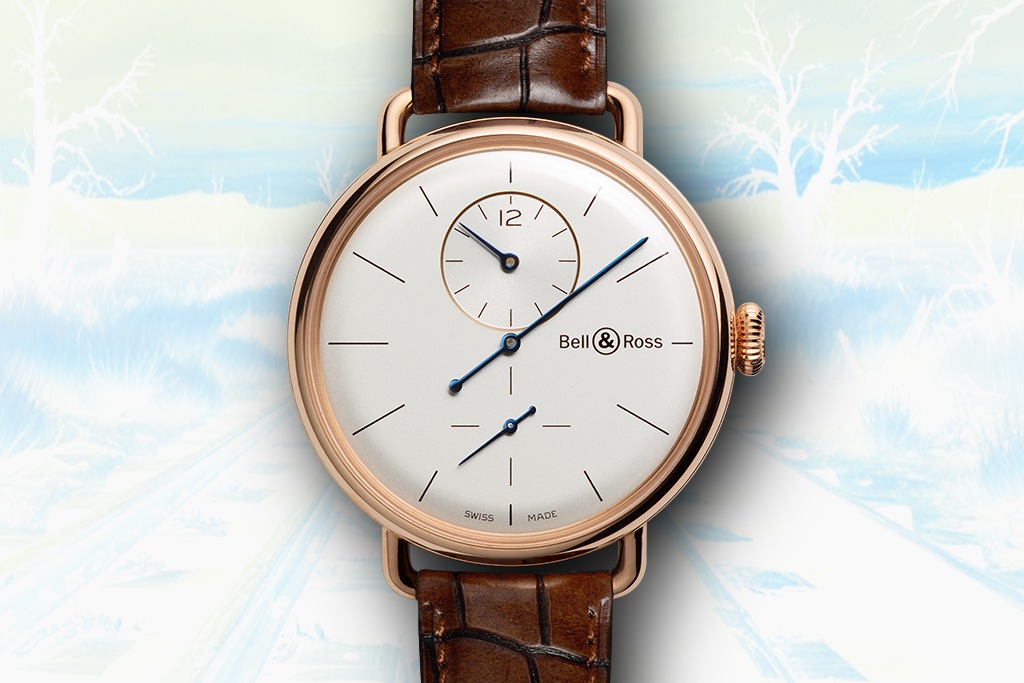
Regulator clocks date back to 18th-century England, when they were used as primary clocks to which other timepieces were synchronized. The prominent minute hand–never obscured by the hour or minute hand–was the most important one to see from across your workshop. The Bell & Ross WW1 Régulateur had a final list price of $22,000 and it’s worth about half that.
Bell & Ross WW1 Edición Limitada
Debuted: 2015 Width: 42mm Material: Rose Gold Reference numbers: BRWW1-GRM-RG
The WW1 Edición Limitada is the only WW1 model that doesn’t have an ETA-based movement. With two barrels providing a five-day power reserve, angled bridges with Côtes de Genève finishes, and blued screws galore, the BR-CAL.202 movement (presumed to be made by Technotime) is a step up from other Bell & Ross fare. This is the only WW1 with an exhibition caseback, and with good reason.

Note that it’s not a tourbillon at 9 o’clock, just a cutout dial and a visible balance wheel. It’s the same 42mm rose gold case as on the Régulateur. Also limited to 99 pieces, the WW1 Edición Limitada had a final list price of $24,000 and today is worth roughly $15,000.
The WW1 collection never got much attention, and Bell & Ross likely stopped production sometime around 2020–although it’s only just now starting to disappear form their website. Making popular dress watches is always an uphill battle, because sports watches get so much more enthusiast attention. But Bell & Ross made a respectable attempt with the WW1 line.




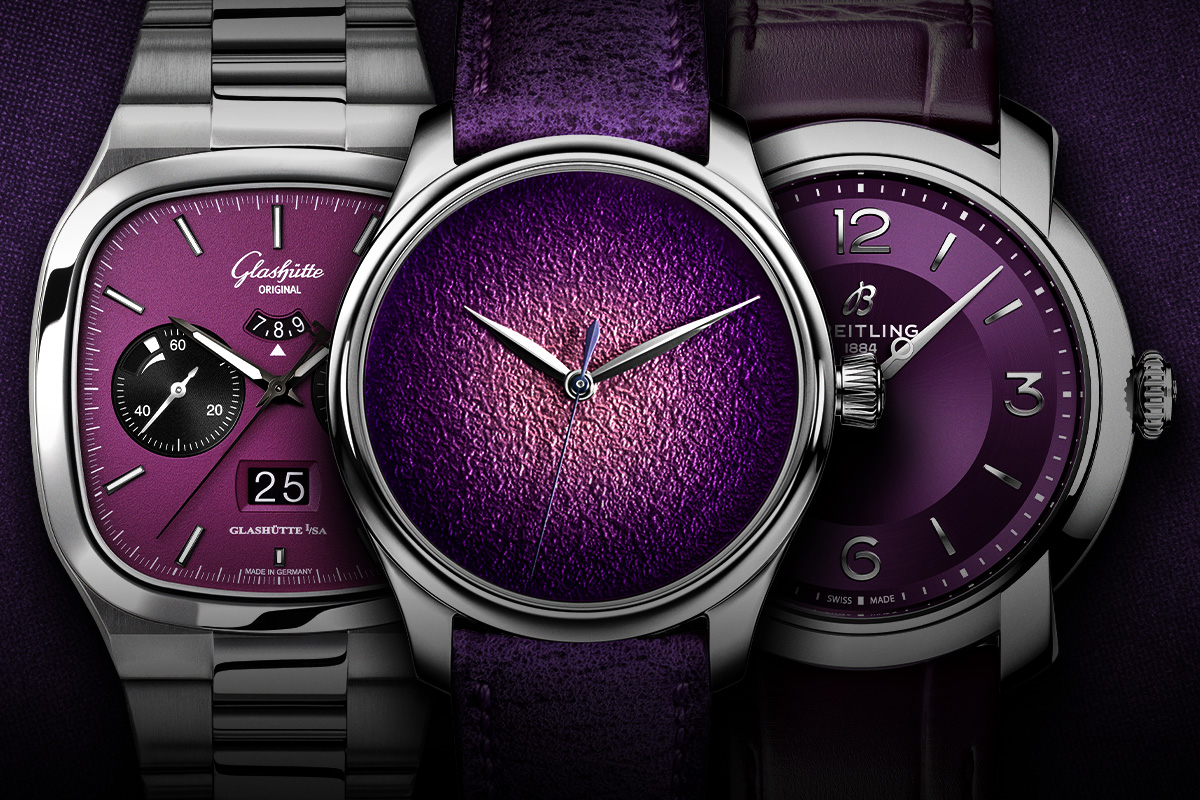
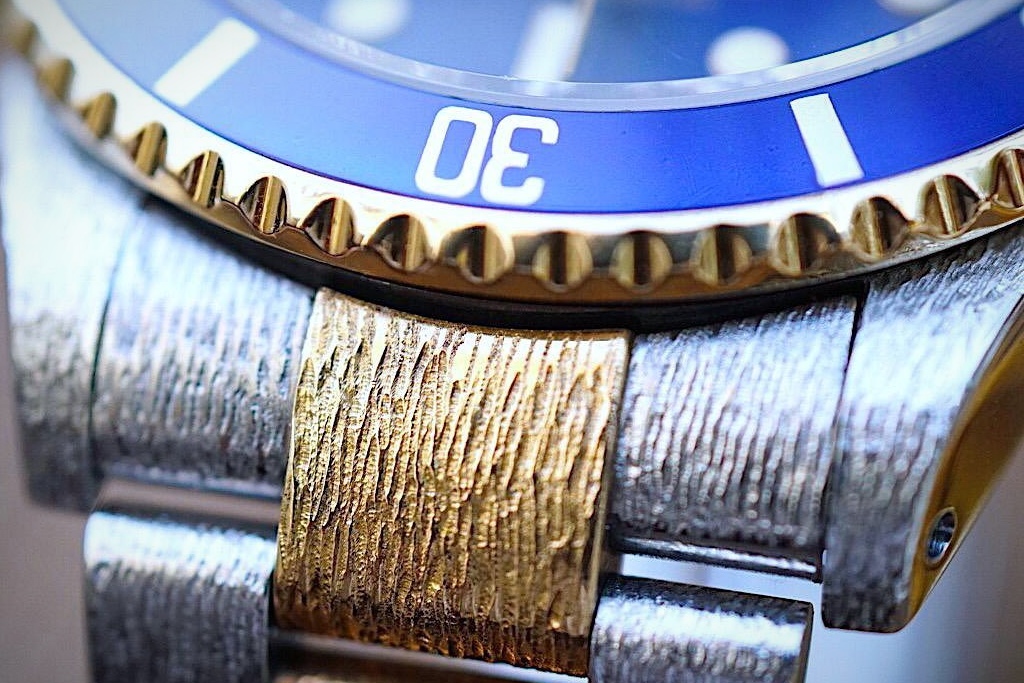

Leave a Reply